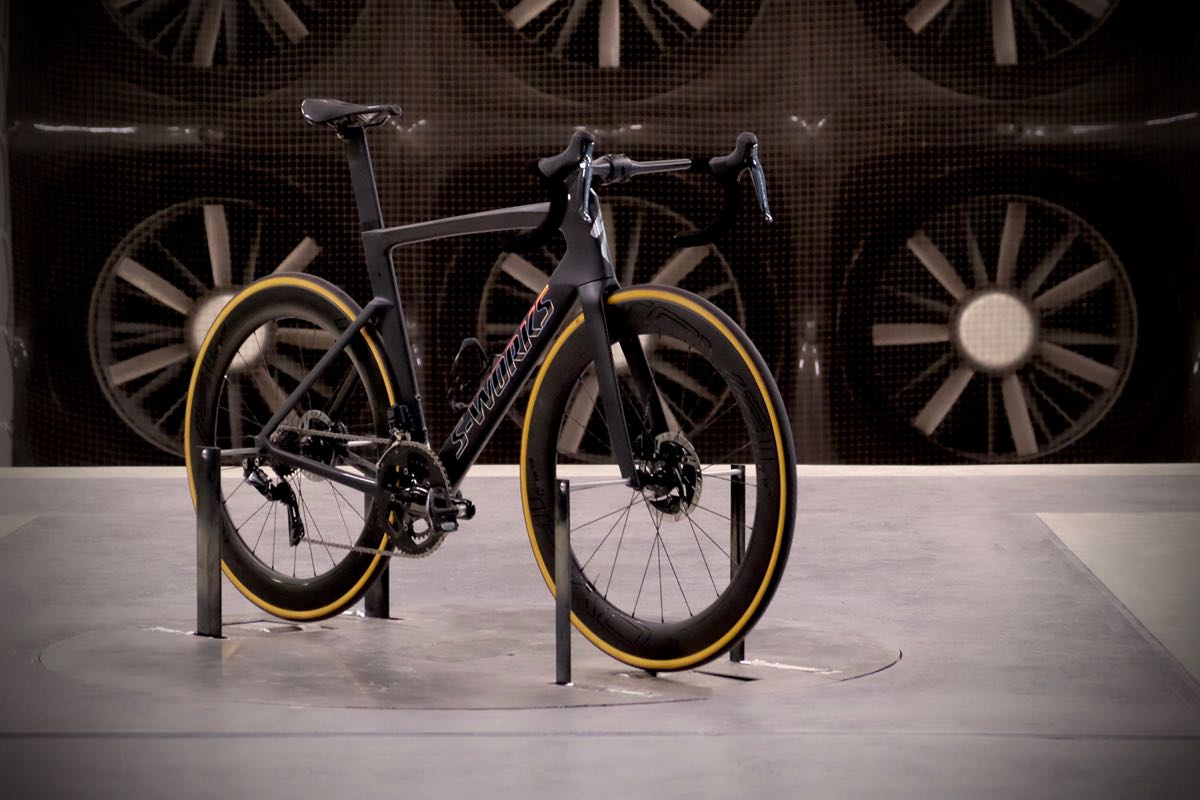In its first race appearance, Matt Goss piloted his Specialized S-Works Venge to a narrow victory at the 2011 Milan-San Remo. He won by just a fraction of a second over race favorite, Fabian Cancellara. And that is what the Specialized Venge was designed to do. To shave away the small gaps between the top step on the podium and second place. Over the last seven years, the Venge and the second generation Venge ViAS have continued to demonstrate the effectiveness of a well-designed aero road bike—within select settings. But the ViAS has not been without a few faults and detractors. That opened the door for improvements, which is how they ended up with the all-new 2019 Specialized Venge.
Lighter, faster, better
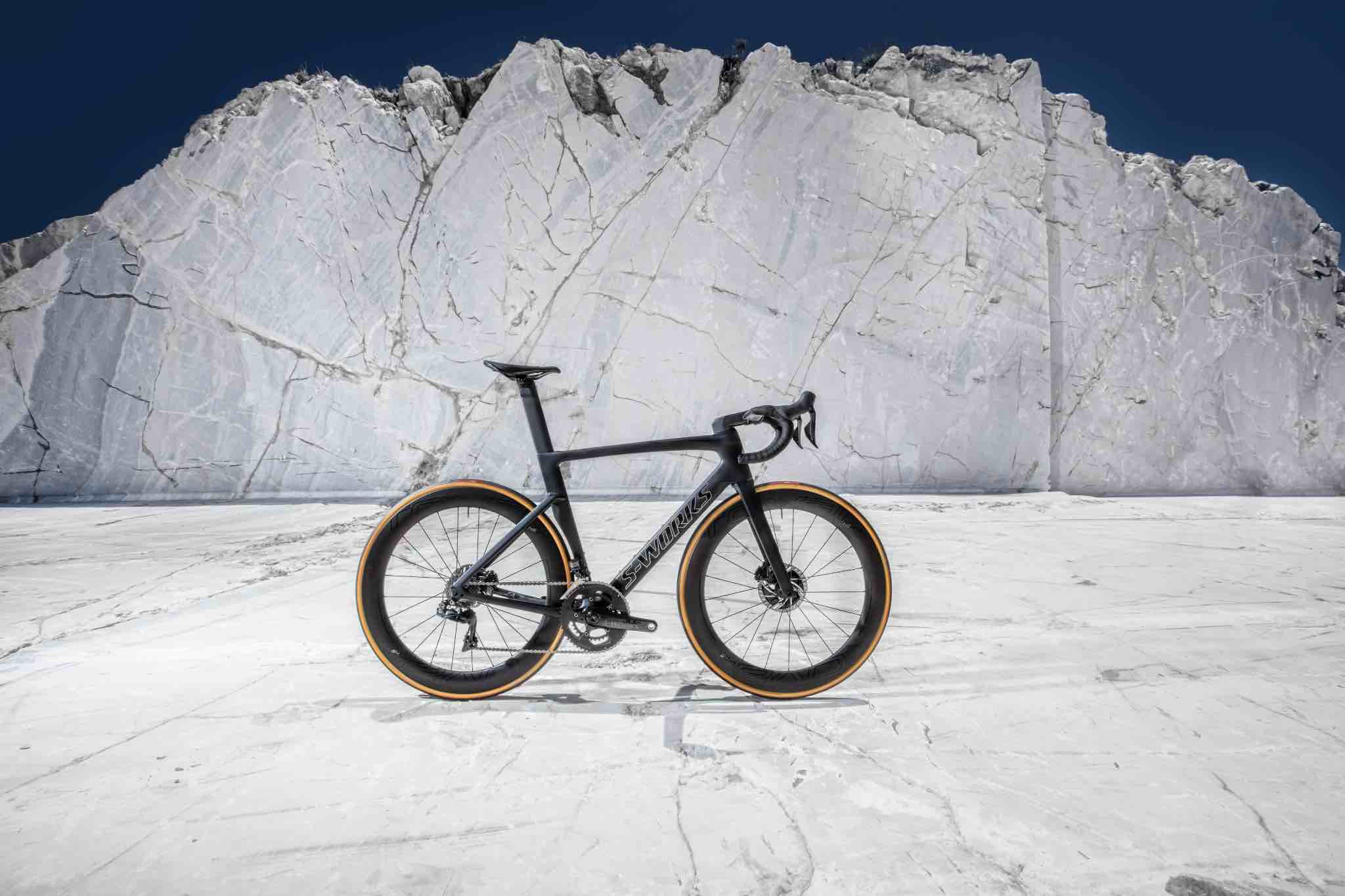
Announced today, the top aero road bike from Specialized carries forth the mission of the original Venge. It offers uncompromising performance, not just in the wind tunnel but on the open road. To that end, it is more aerodynamic than the previous Venge ViAS and lighter than the all-new Tarmac SL5. Over the course of a 40km course, the new bike is 8 seconds faster at a 0-degree yaw. After agressively reshaping the tubes, the new bike is also 20% lighter. If you need a visual, the ViAS below was carefully carved to demonstrate what a 20% weight reduction looks like on the ViAS.

The third generation design gave the S-Works team a chance to incorporate several critical improvements to ride quality and overall user experience. The Rider-First Engineered handling performance was updated for increased comfort and responsiveness. The cockpit is completely redesigned and the tube shapes are entirely new. Oddly enough, the new tubes appear less aerodynamic than before.
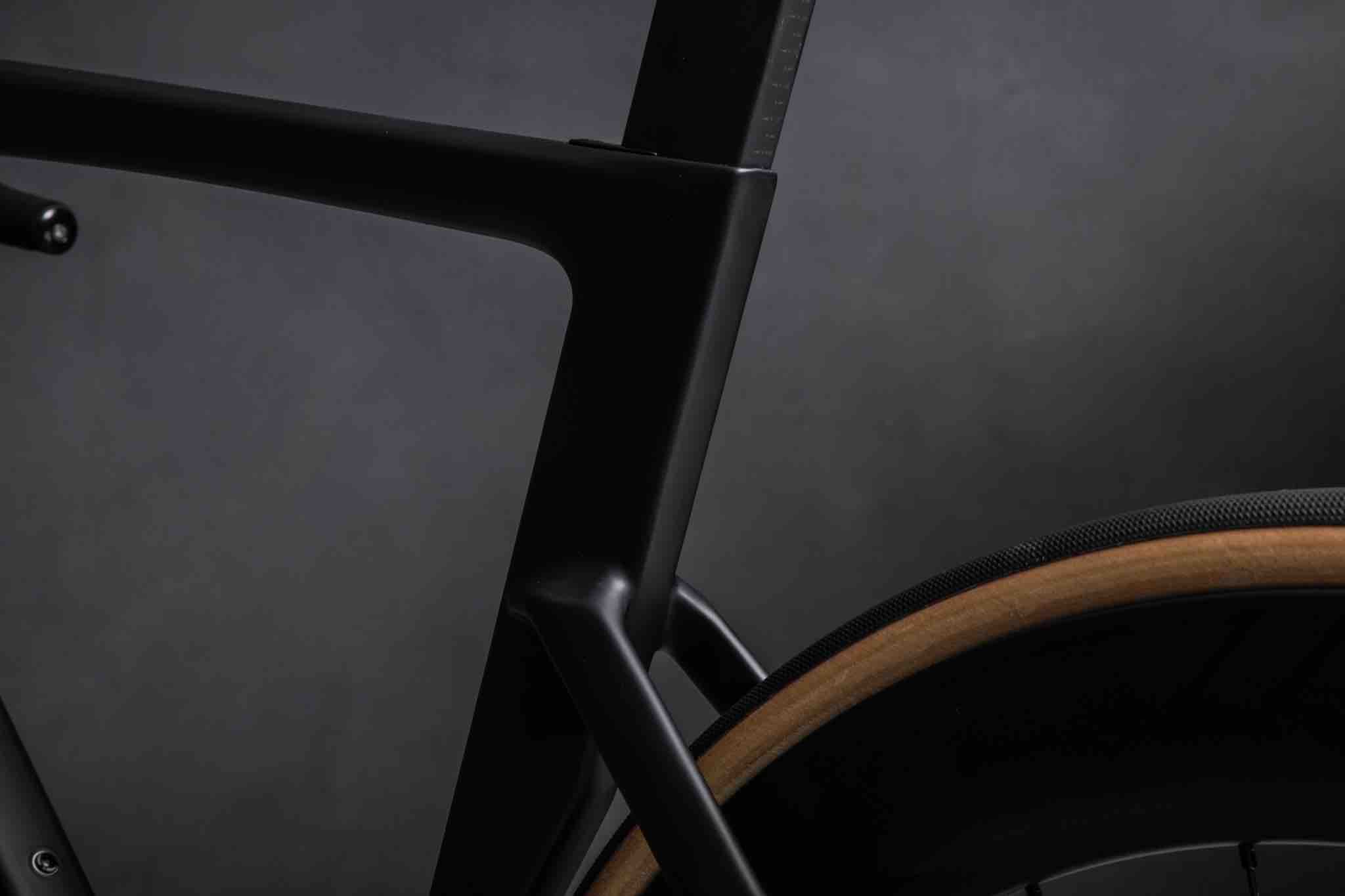
As is often the case with any bike, the desired attributes of the Venge are at odds with one another. Increased aerodynamics comes at the expense of added weight. Reduced weight frequently disrupts stiffness. To achieve the optimal characteristics, the S-Works engineers decided they needed more than just new frame shapes, they needed a fresh process to design them.
The FreeFoil Shape Library
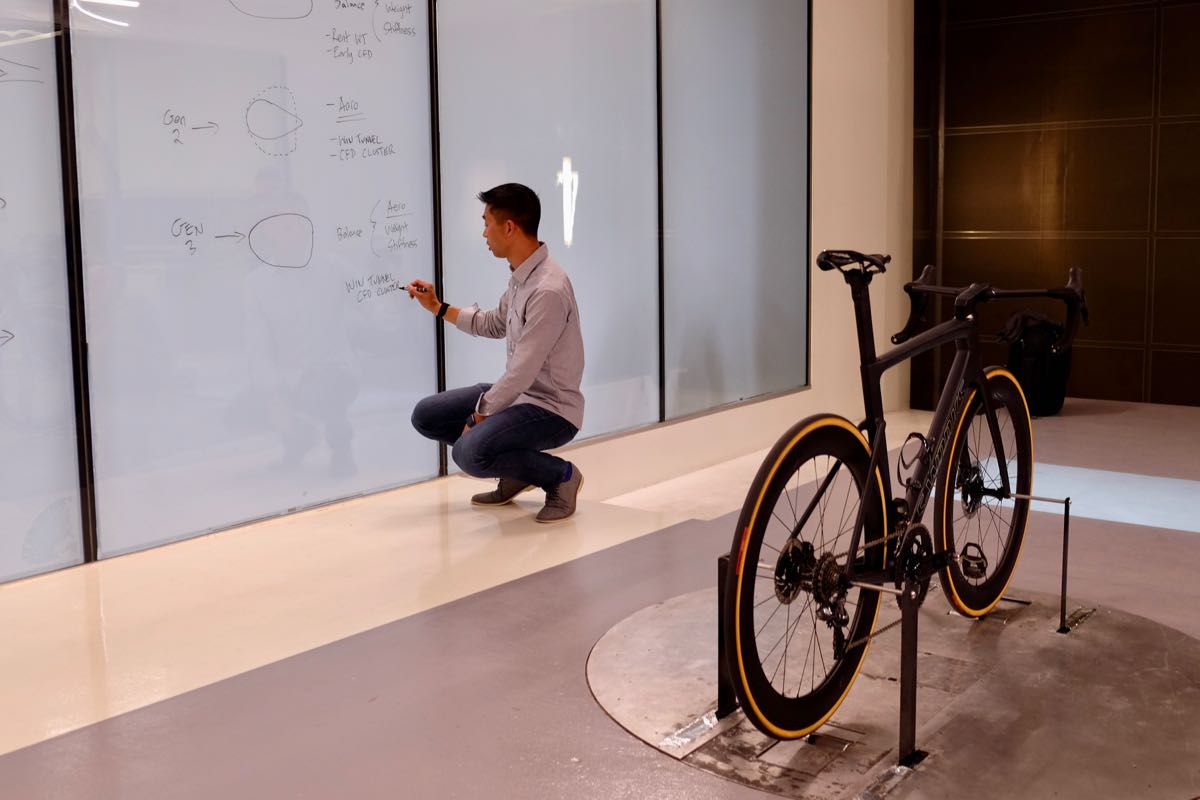
By leveraging heady aerodynamic science and plenty of testing hours in their own in-house Win Tunnel, they created the FreeFoil Shape Libraray. It’s not just a collection of vetted tube shapes, it is a process which allows their design team to plug in desired attributes and arrive at the ideal tube shape for a given application. From down tube to seat stays, they can prioritize weight, aerodyamics, and stiffness to achieve the perfect foil shape. The new system allows them to avoid the trial and error so prevalent in bike frame design.
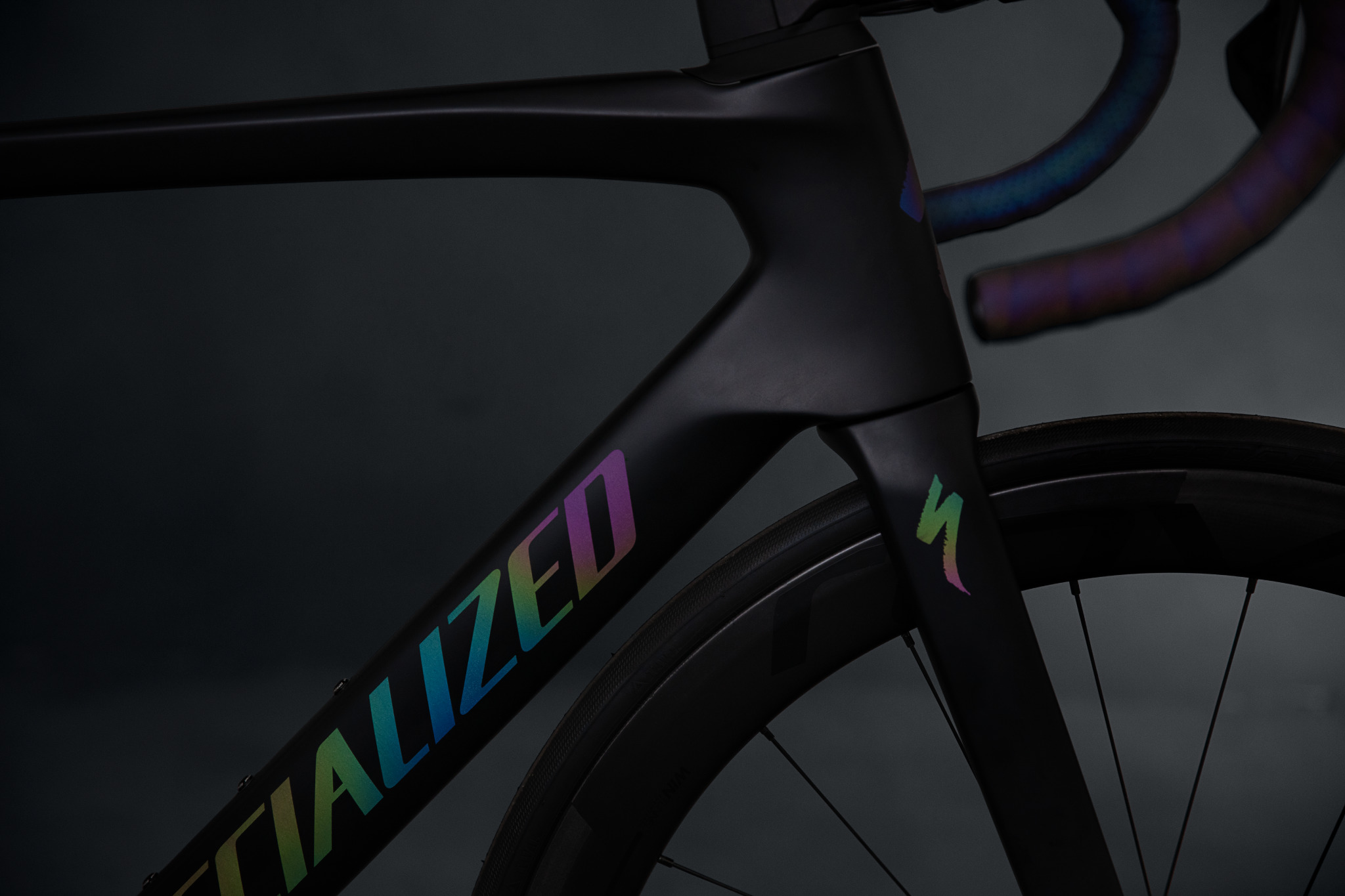
Each tube in the FreeFoil Shape Library builds on reoccuring theme in the cycling world—the truncated foil. At fist blush a truncated foil appears little more than a wing-shaped blade with the trailing edge cut off. And to some degree that’s what it is. The trick is to know where to place the flat trailing edge. The width of the tube and the arc of the leading edge are equally important. It can’t be too blunt or pointed relative to the length and width of the tube. On the new Venge each tube represents the best shape for the specific application – meaning, the seat tube cannot be made any more aero without adding weight. And it can’t be made lighter without altering the ride quality.
Rider First Engineered Handling
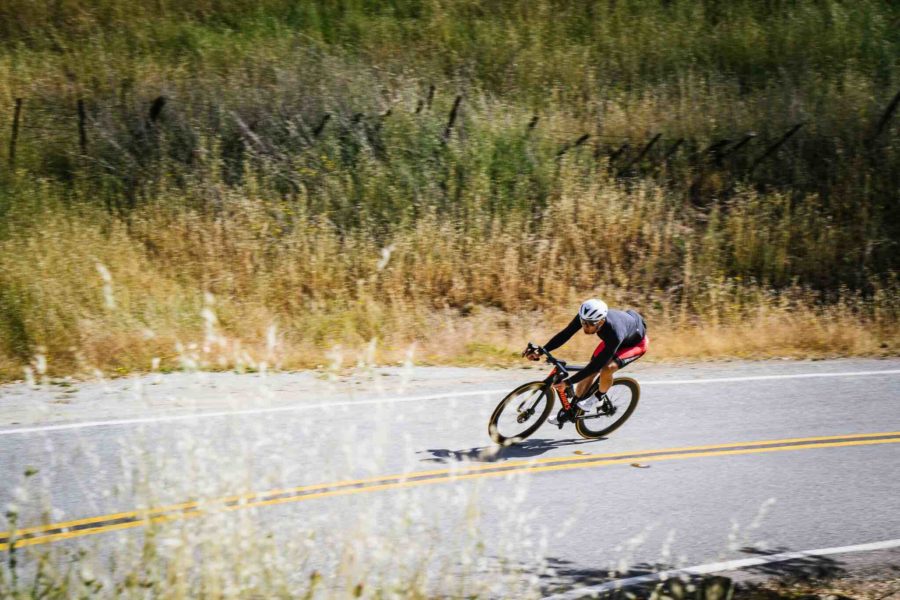
With such a radical reboot to the weight and earodynamics, the design team knew this new Venge would see use outside of niche pursuits where aerodynamics were the main goal. So, it’s light enough to take into the mountains. On high-speed roads (like when you’re descending those mountains), predictible feedback and crisp handling are critical. As they did with the Tarmac SL5, the new Venge recieved a complete Rider First Engineering workup with each frame size receiving its own layup schedule to ensure a uniform ride experience across the size spectrum.
As Specialized aerodynamics engineer Chris Yu mentioned, stiffness does not always translate to positive handling qualities. The new layup process, engieneered from start to finish in their Morgan Hill facility, allowd the team to retain the ride qualities of the Tarmac platform, but in a more aerodynamic frame.
Better user interface

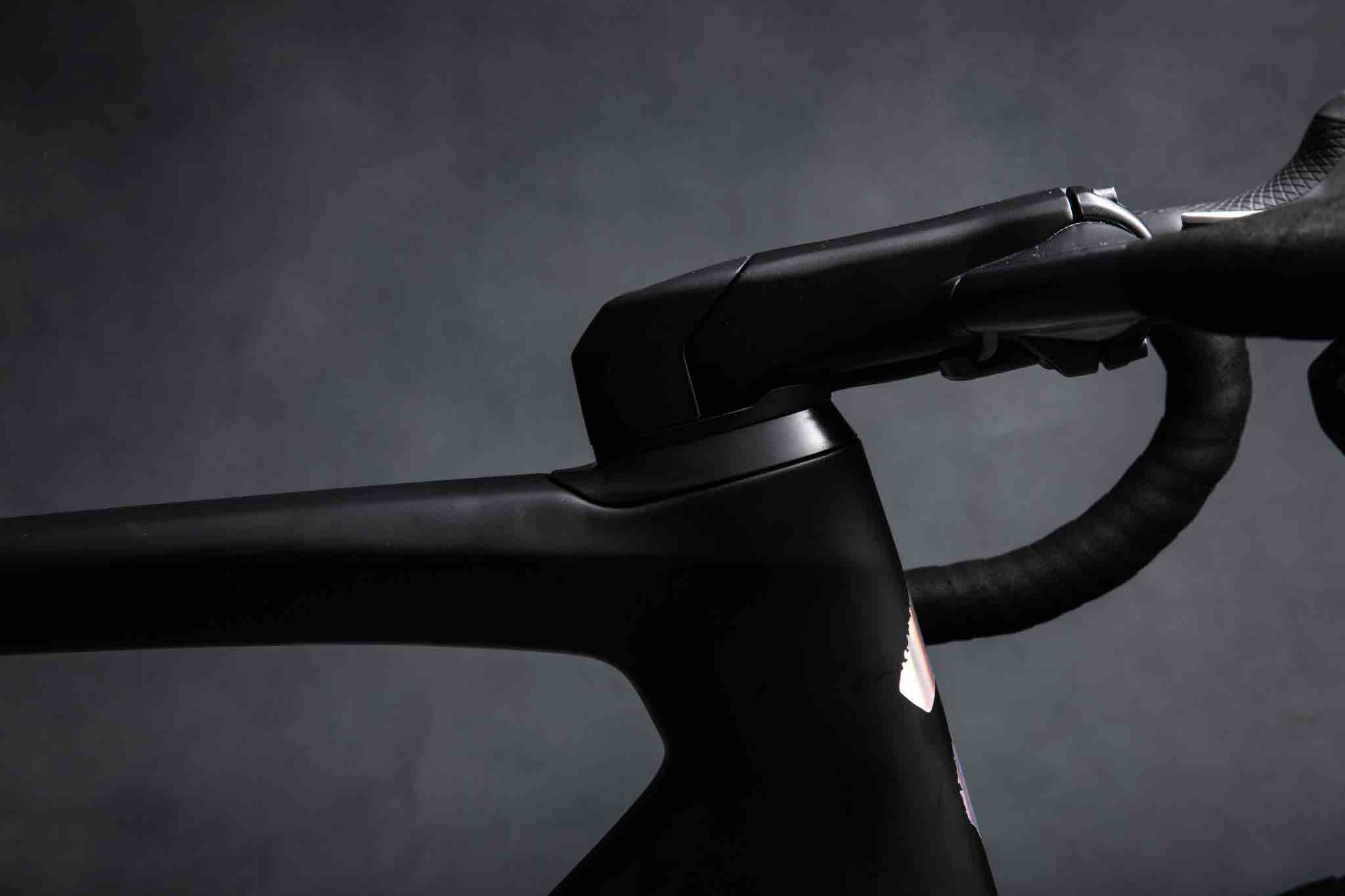
One of the missteps with the previous generation Venge was the complicated cockpit assembly which required extensive shift wire and brake line adjustments just to raise or lower the stem. The new bar and stem combo has been redesigned from scratch and built to endure the stresses of the world’s elite sprinters. It is, according to Specialized, the stiffest road stem they have built to date. The new bars lose the exagerated gull-wing shape of the previous bike for a more subdued flat foil shape.
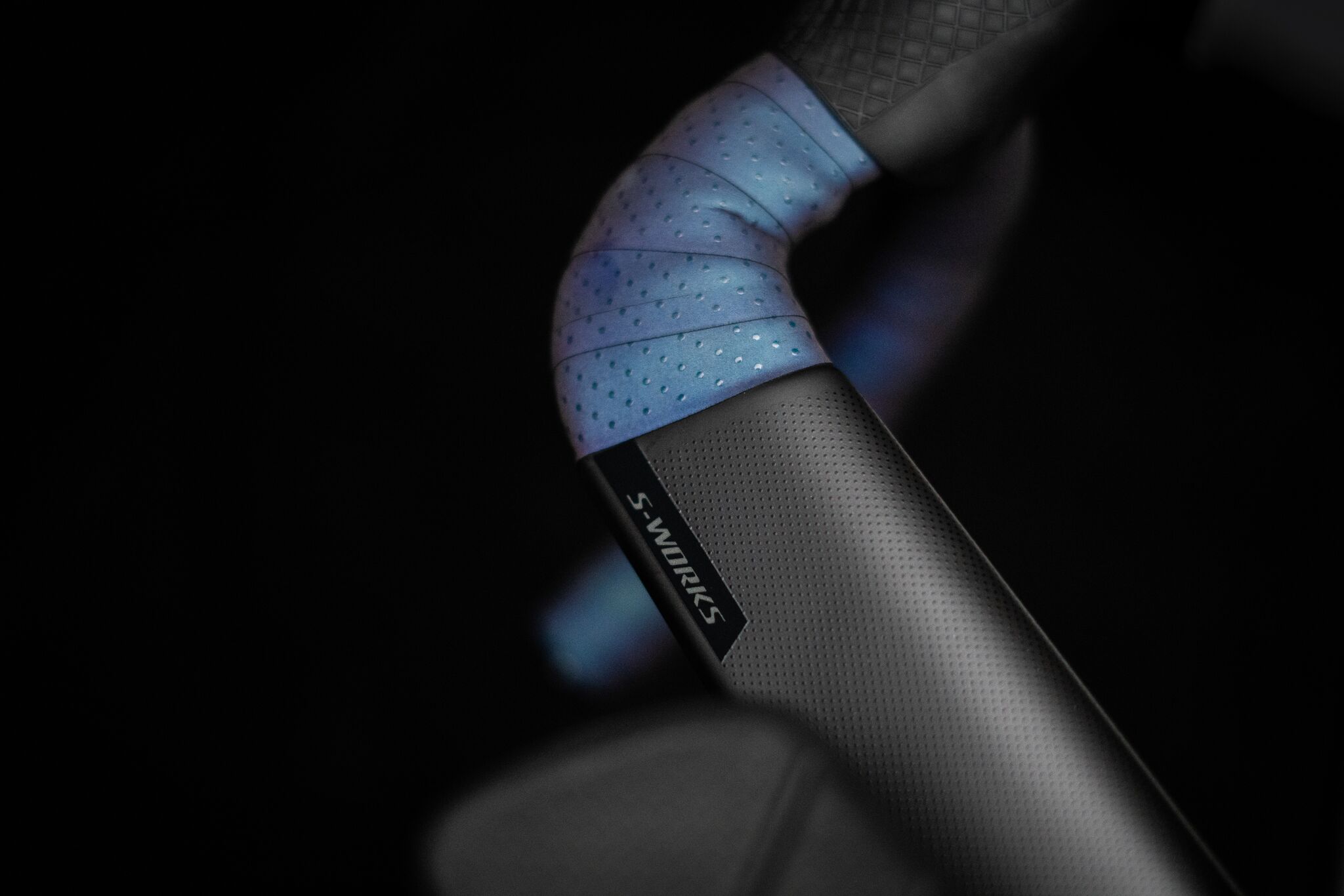
The Devil is in the details and the new bars even have a small recessed lip to keep the bar tape on the same plane as the un-taped bar. Most importantly, the housings and brake lines route outside of the stem and steerer making for quicker bar and stem adjustments. The new system permits to the use of a standard stem, but the included matched version includes mounts for computers, lights, and cameras to further streamline the package.
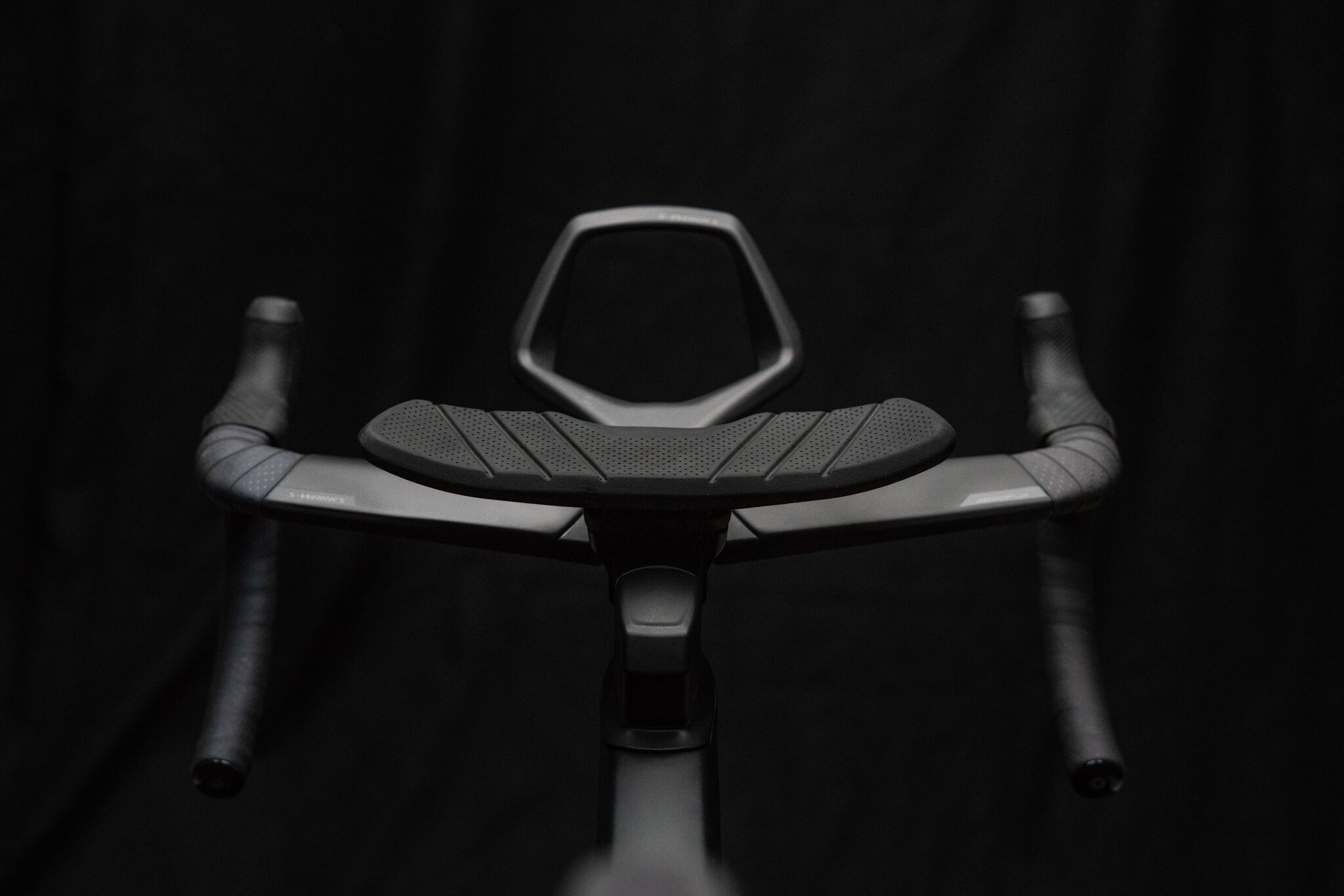
The most eye catching addition to the front end is the new aerobar system. Designed to attach with minimal fuss, it melds into the bike seamlessly. For the high performance weekend stage racer it’s a one-bike-does-all machine.
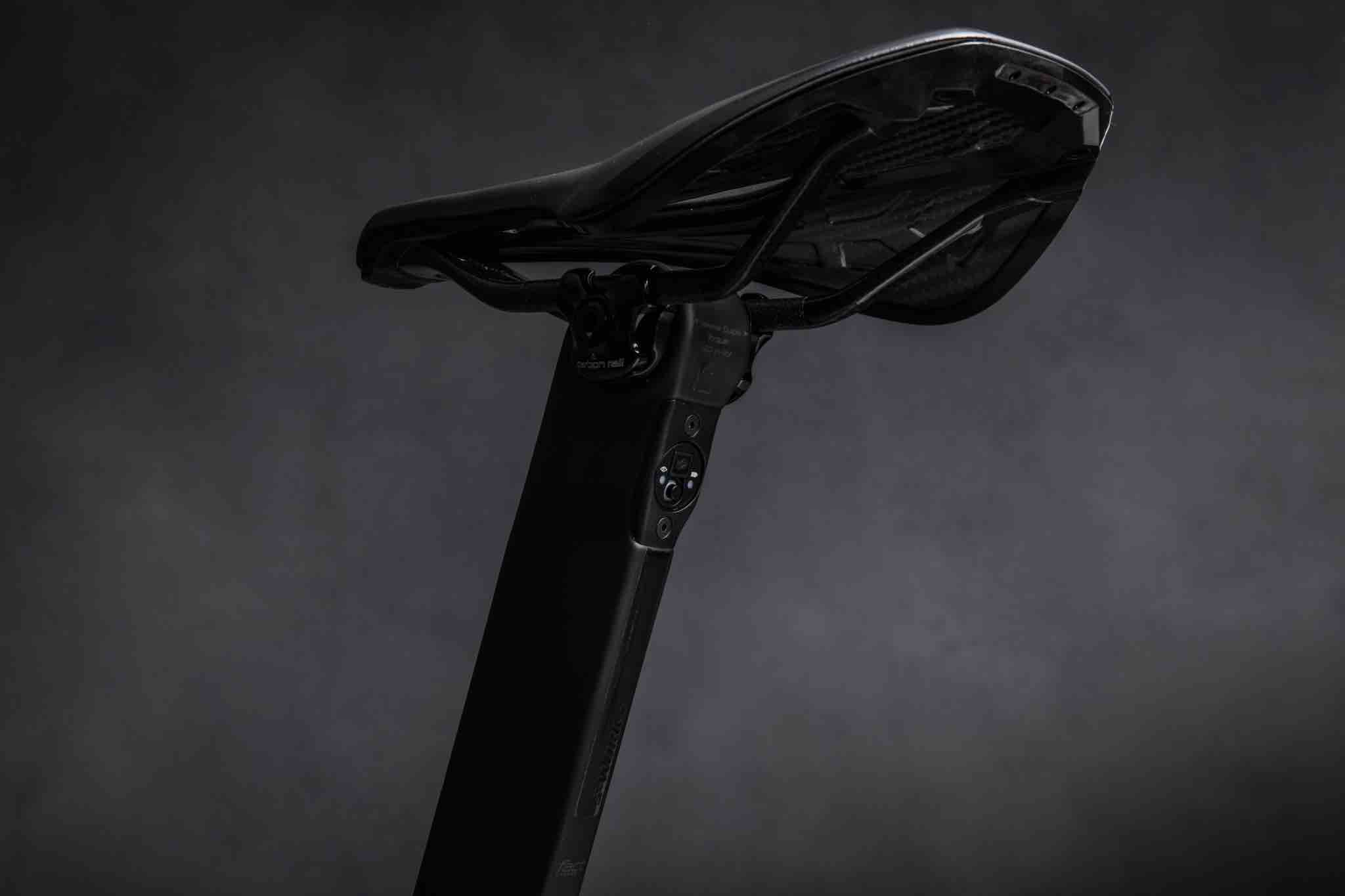
Adding more convenience, particularly for riders lucky enough to have their own team mechanic hanging out of a team car window, the Di2 junction box is located in the upper aspect of the seatpost where it is easily accessed. The rest of the wire and line routing is clean with virtually nothing exposed.
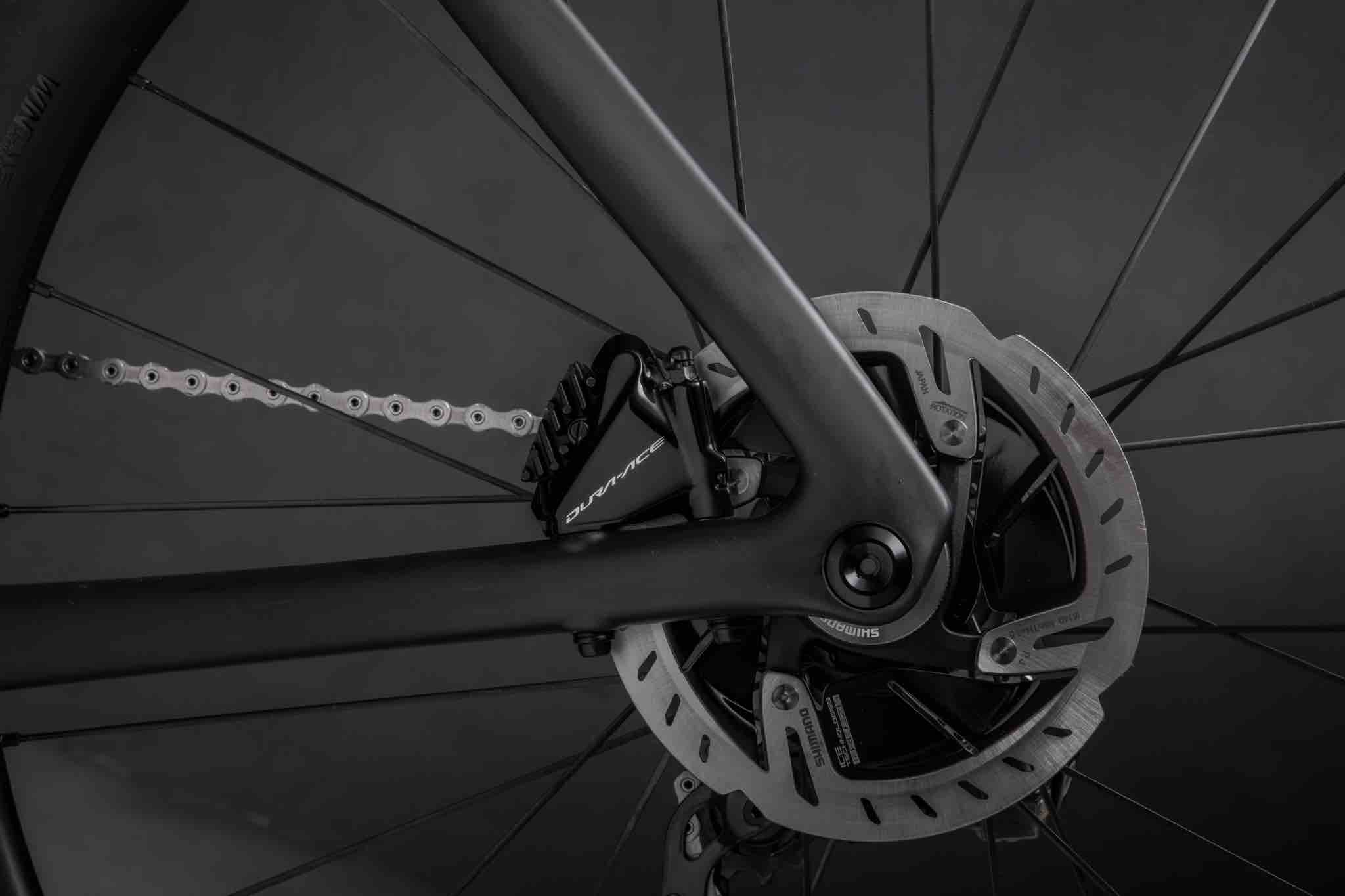
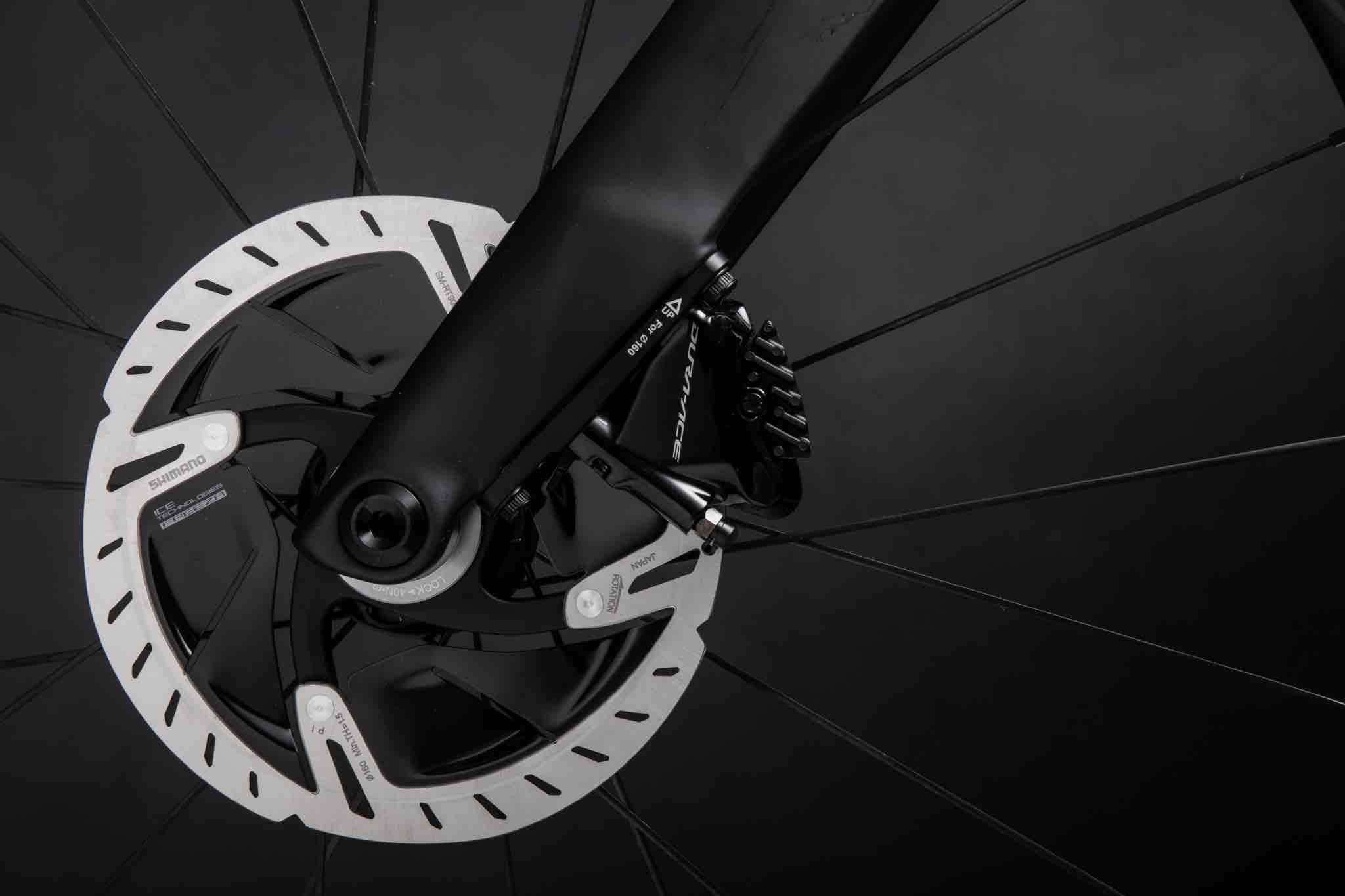
To keep things simple if not expensive, the new Venge is being introduced only with disc brakes and electronic drivetrains.
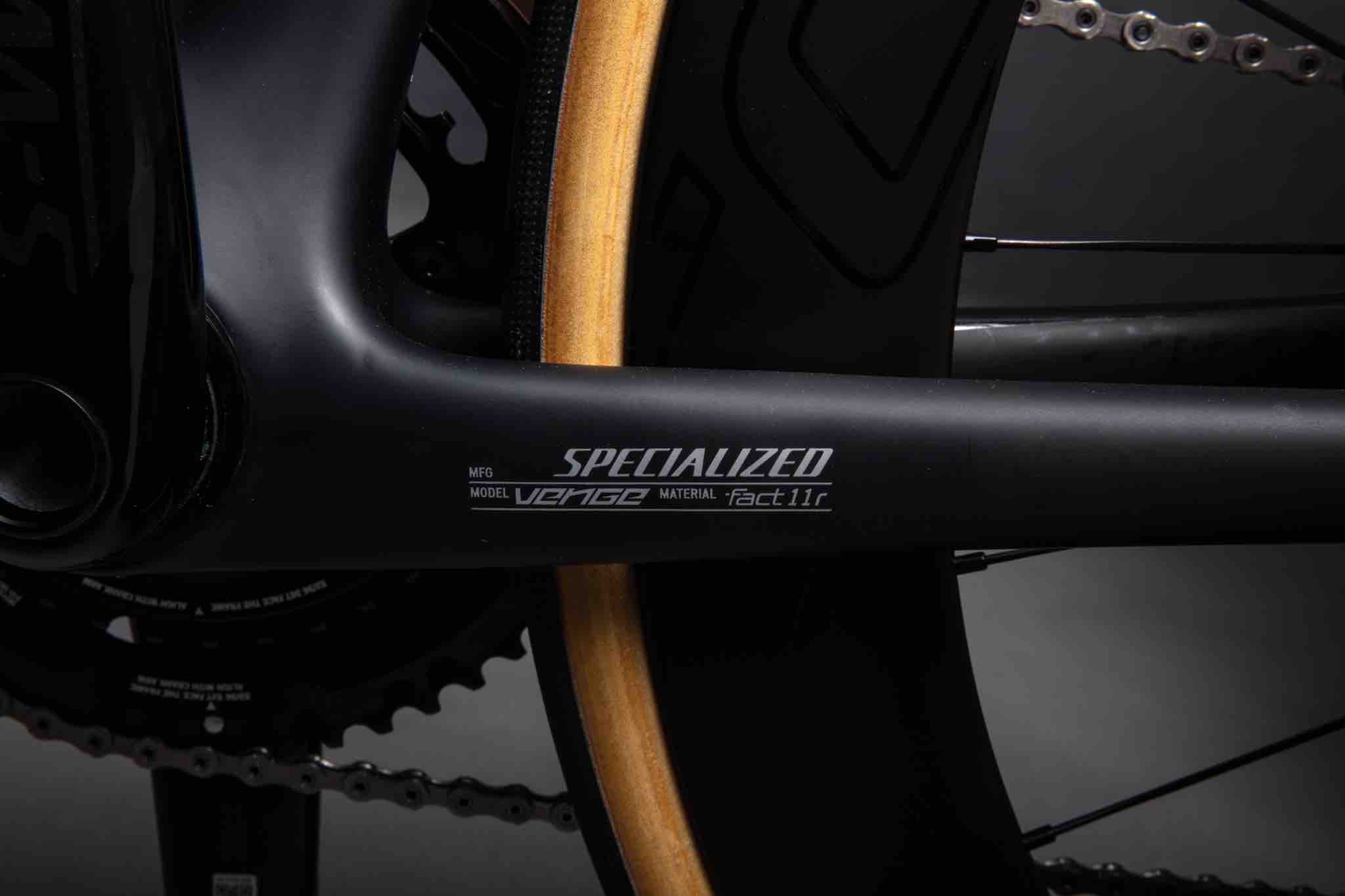
Weights & Measures
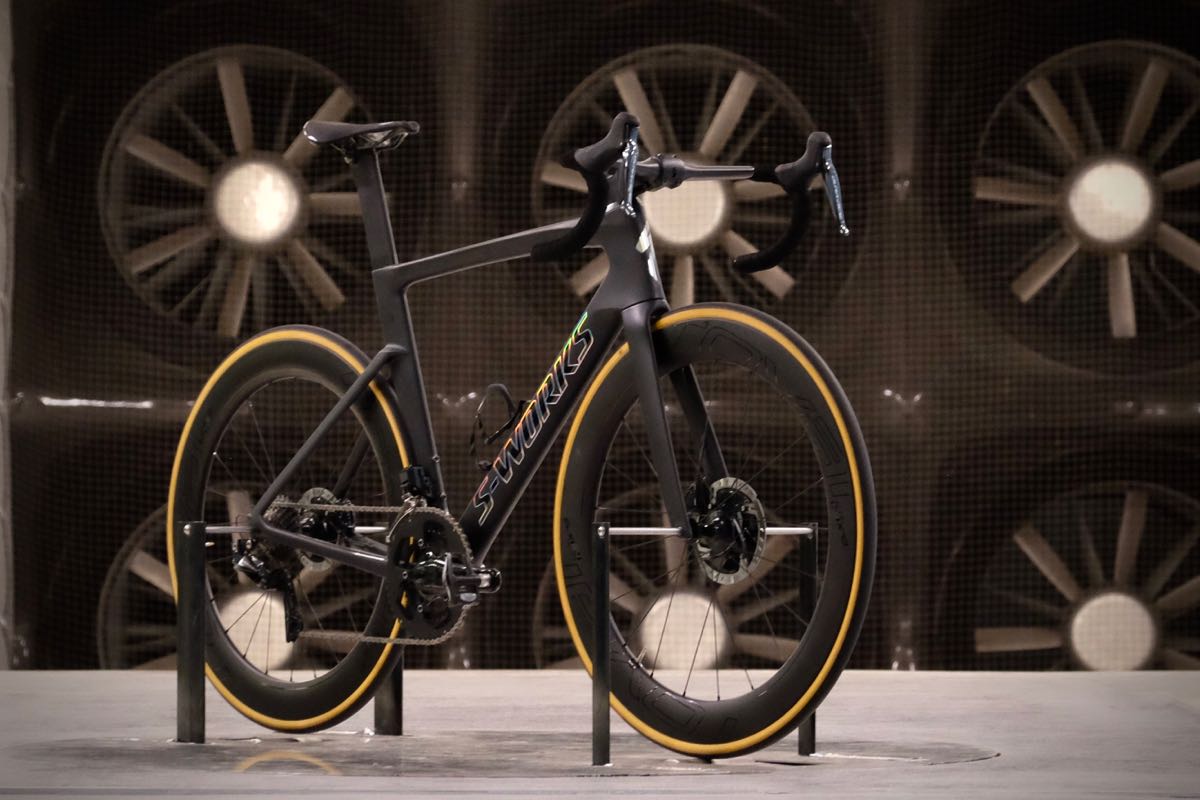
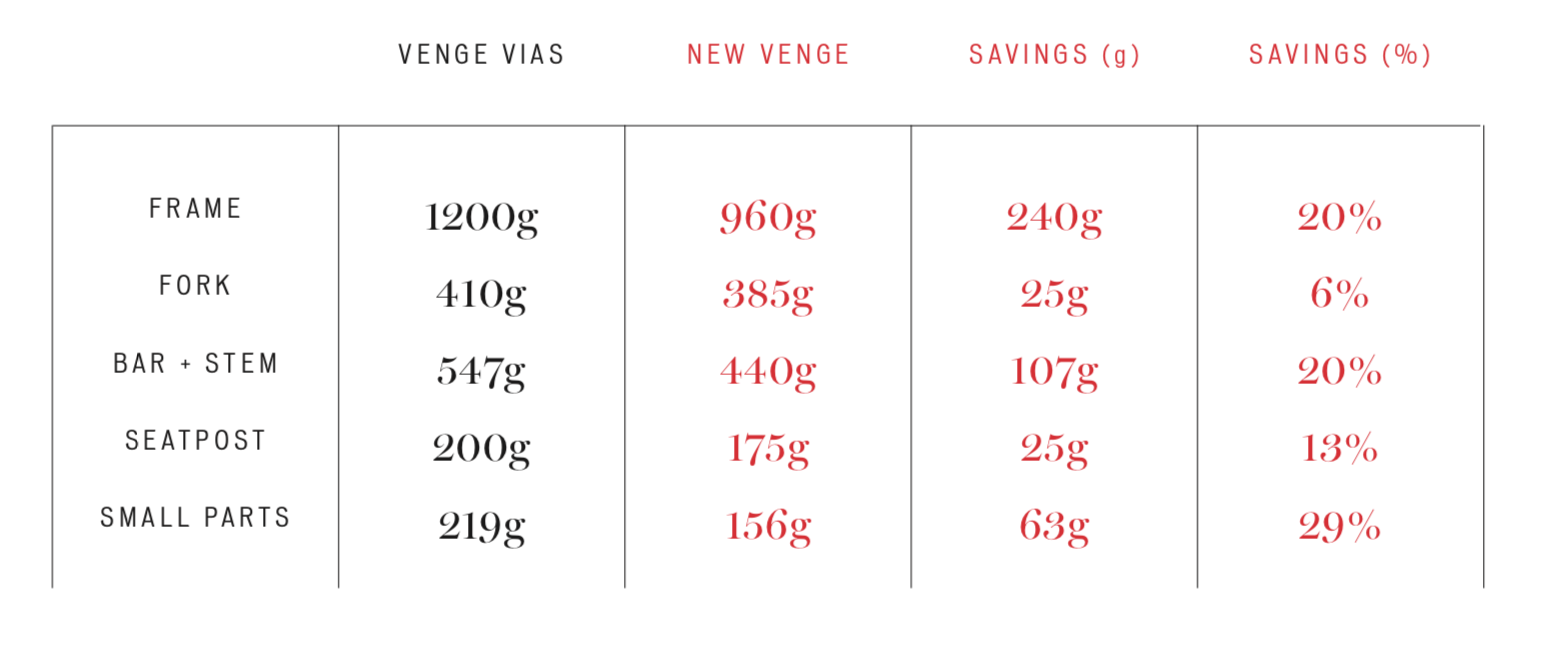
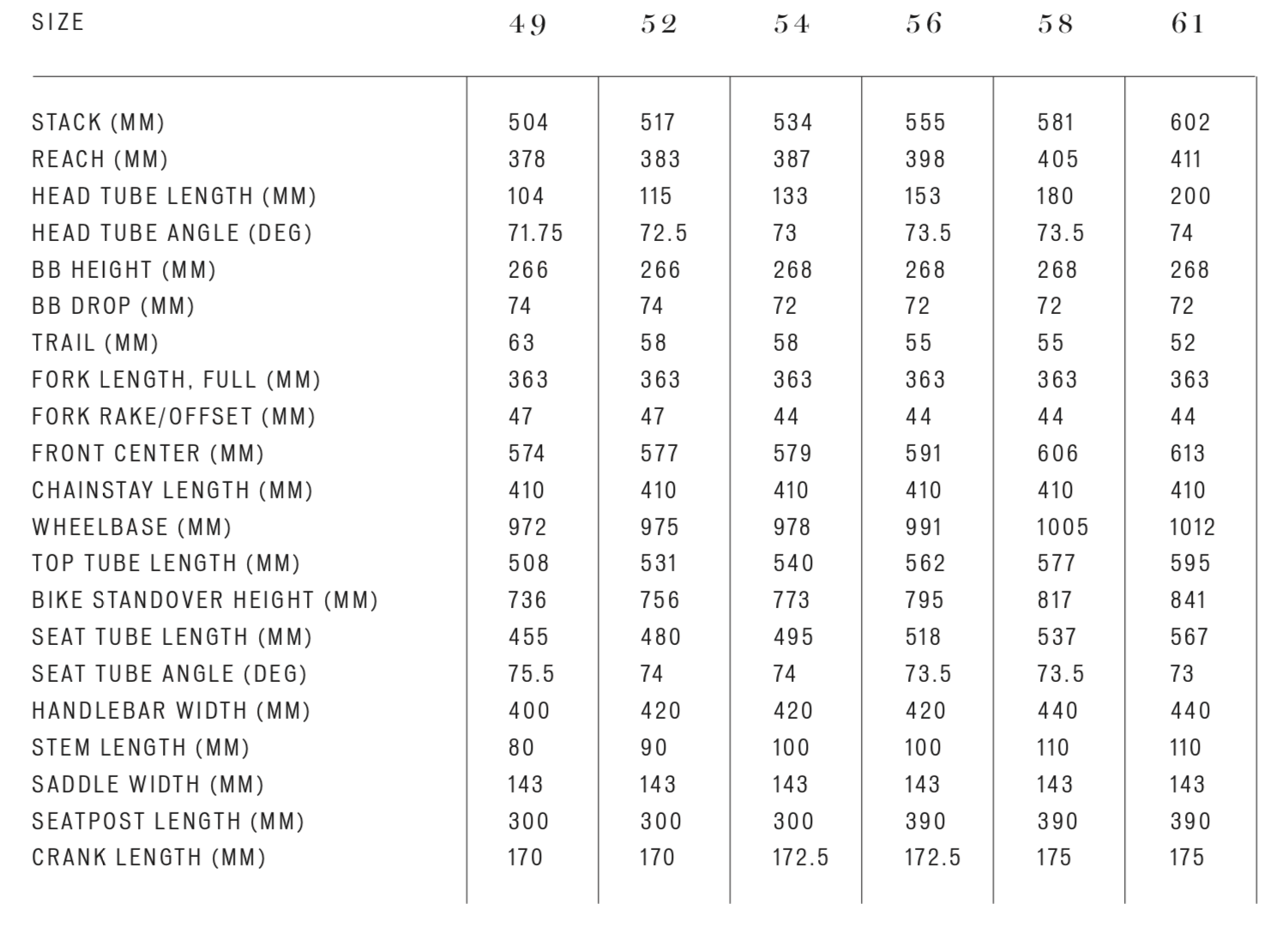
With regard to geometry choices, the Venge borrows heavily from the Tarmac family. It is a no nonsense racing machine.
The 2019 Venge Story in Videos
“Behind the Tech”
“The New Shapes of Speed”
“Rider First Engineering”
“Integration”
